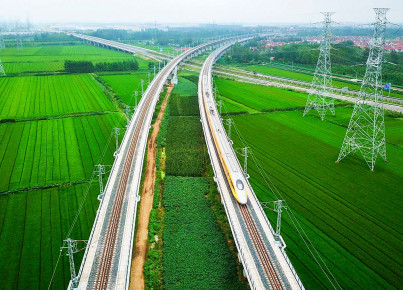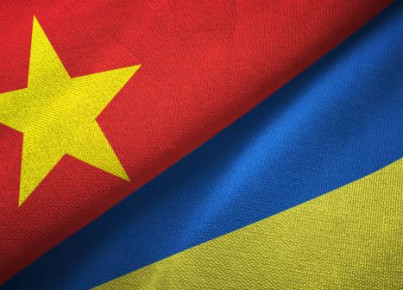Some exogenous pressures on Beijing have encouraged the relocation of manufacturing production facilities from China to Southeast Asia. The primary beneficiaries of this transition in addition to Vietnam are Cambodia and Myanmar
Global value chains in manufacturing are shifting their production center of gravity from China to Southeast Asia. This is one of those phenomena that the spread of the pandemic has accelerated, triggered by rising Chinese labor costs and then confirmed by exogenous factors such as the trade war between Washington and Beijing in recent years. The exodus of the manufacturing sector thus seems to be rewarding some countries in the southern neighborhood: although Vietnam has always been a popular destination for export orders from China, it is now Cambodia and Myanmar that are the contenders for the role of manufacturing hub in East Asia.
The intra-regional offshoring dynamic had been ushered in by rising labor costs in China, prompting several companies in the manufacturing and textile sectors to explore other markets in the region. Given the restrictions caused by the Covid-19 pandemic, for example, Apple, Samsung, and Xiaomi recently moved their assembly lines to Vietnam as Beijing grappled with new variants of the virus. Hanoi offered those multinationals that had once built manufacturing plants in China with a view to minimizing costs and maximizing profits easier access to the promising Southeast Asian market, which has inherited from its northern neighbor the role of the new frontier of globalization.
But in addition to Vietnam, which has long been considered the locomotive of Southeast Asia, other countries in the ASEAN bloc are vying to serve as regional production hubs. According to Wang Huanan, a manufacturing expert, "Vietnam has been a very popular destination (...) but Myanmar and Cambodia have been catching up in recent years." Indeed, Naypyidaw and Pnom Penh have implemented shrewd economic policy strategies to attract as much foreign direct investment as possible, thereby boosting their own domestic growth. Between tax exemptions and policy incentives, they have made themselves attractive in the eyes of East Asian-based multinationals seeking new profit opportunities in the emerging markets of the Southeast.
In Cambodia, total trade volume reached $22.47 billion in the first five months of 2022, up 19.7 percent from the same period a year earlier. Total exports saw a 34.5 percent year-on-year increase, while the most exported goods were garments, leather goods and footwear. On the other hand, Myanmar is a popular destination for Chinese garment factories. The number of these companies, according to experts, has increased from less than 100 in 2012 to more than 500 in 2019. Between 2012 and 2019, the average annual growth of Myanmar's garment exports exceeded 18 percent and in some years exceeded 50 percent. The sector's development was slowed only by the pandemic in 2020 and last year's military coup.
As the Chinese economy recovers from the restrictions of the strict "Zero Covid" policy, multinationals that had benefited from China's low labor costs are now looking to the southern neighborhood for new profit opportunities. Among the emerging markets in the ASEAN bloc, Vietnam leads regional growth. But an eye must be kept on the incipient development of Cambodia and Myanmar, among the biggest beneficiaries of China's manufacturing exodus.






